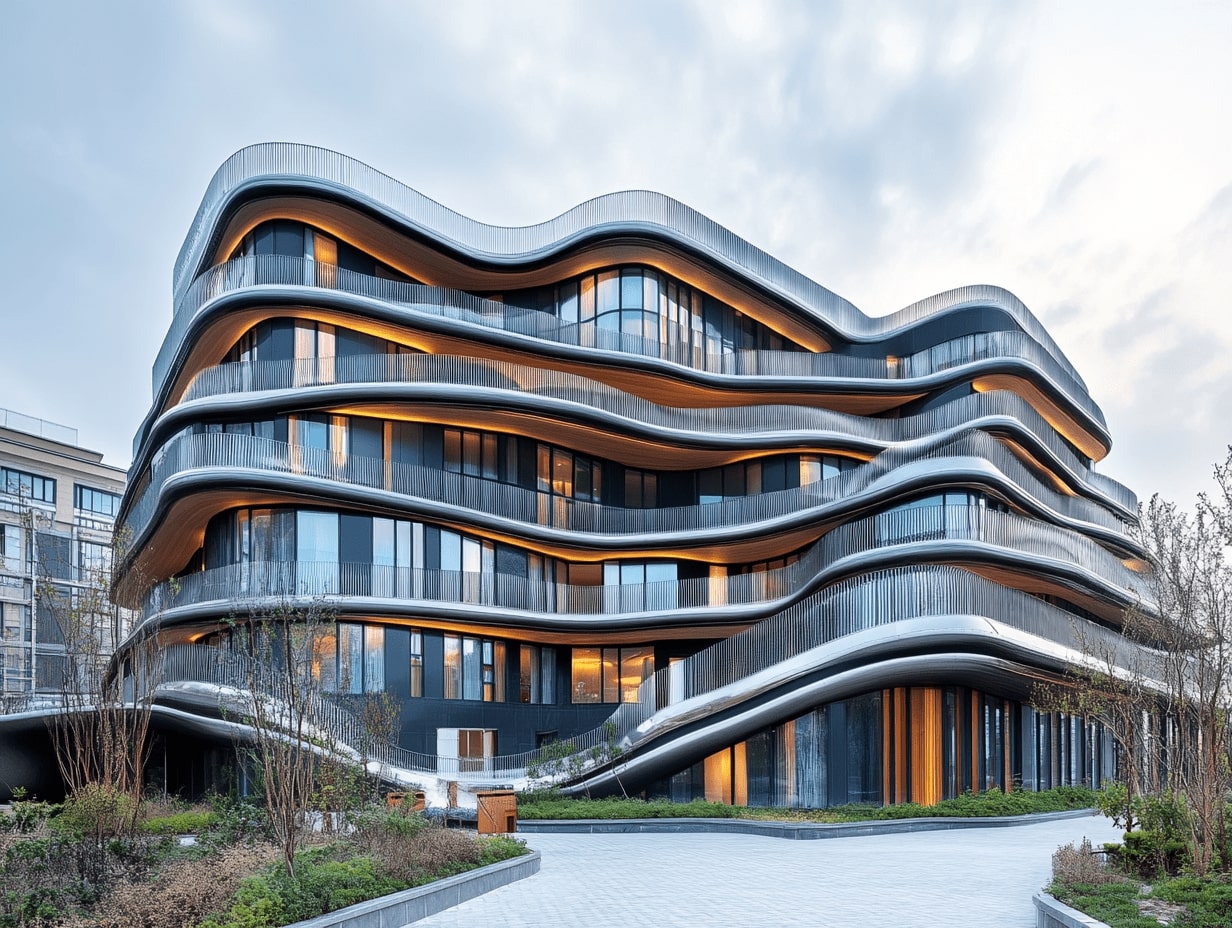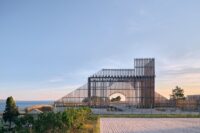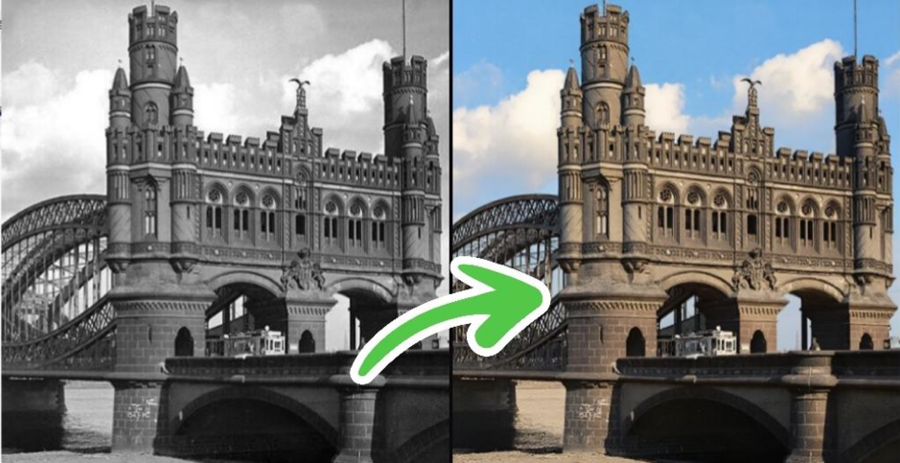- Home
- Articles
- Architectural Portfolio
- Architectral Presentation
- Inspirational Stories
- Architecture News
- Visualization
- BIM Industry
- Facade Design
- Parametric Design
- Career
- Landscape Architecture
- Construction
- Artificial Intelligence
- Sketching
- Design Softwares
- Diagrams
- Writing
- Architectural Tips
- Sustainability
- Courses
- Concept
- Technology
- History & Heritage
- Future of Architecture
- Guides & How-To
- Art & Culture
- Projects
- Interior Design
- Competitions
- Jobs
- Store
- Tools
- More
- Home
- Articles
- Architectural Portfolio
- Architectral Presentation
- Inspirational Stories
- Architecture News
- Visualization
- BIM Industry
- Facade Design
- Parametric Design
- Career
- Landscape Architecture
- Construction
- Artificial Intelligence
- Sketching
- Design Softwares
- Diagrams
- Writing
- Architectural Tips
- Sustainability
- Courses
- Concept
- Technology
- History & Heritage
- Future of Architecture
- Guides & How-To
- Art & Culture
- Projects
- Interior Design
- Competitions
- Jobs
- Store
- Tools
- More
What Is Architectural Photography and Why Is It Important for Design and Storytelling?
Discover the art of architectural photography, where design, space, and structure converge in stunning visuals. Learn its significance in preserving cultural landmarks, shaping perceptions, and aiding professionals in storytelling. From lighting tips to iconic examples, explore how this craft brings architecture to life and inspires audiences in our visually-driven world.

Architectural photography isn’t just about capturing buildings; it’s about telling the story of design, space, and structure through a lens. We’ve all admired stunning images of skyscrapers, historic landmarks, or cozy interiors that seem to bring the essence of the space to life. This unique art form blends creativity with technical skill to highlight the beauty and functionality of architecture.
Why does it matter? Architectural photography plays a vital role in shaping how we perceive and interact with the built environment. It helps architects showcase their vision, real estate professionals market properties, and designers share their work with the world. In a world driven by visuals, these images don’t just document structures—they inspire, inform, and influence.
Table of Contents
ToggleWhat Is Architectural Photography?
Architectural photography involves capturing buildings, structures, and spaces through a creative and technical lens. It highlights design elements, functionality, and aesthetics while preserving the essence of an architectural subject.

Definition And Key Characteristics
Architectural photography focuses on buildings, infrastructure, and spatial compositions. Its aim is to showcase form, texture, symmetry, light, and shadow. Images are often characterized by precision, balanced composition, and contextual representation of the structure.
Key characteristics include:
- Perspective control – Maintaining straight lines to avoid distortion.
- Attention to detail – Highlighting intricate design features like patterns or materials.
- Lighting use – Using natural or artificial light to emphasize structure and mood.
- Context inclusion – Depicting how structures interact with their environment.
Types Of Architectural Photography
Architectural photography can be divided into interior, exterior, and aerial categories.
- Interior photography – Captures indoor spaces like lobbies, living rooms, or offices. It focuses on elements like furniture arrangements and lighting.
- Exterior photography – Highlights facades, landscapes, or urban settings. Key elements include weather conditions and natural light.
- Aerial photography – Uses drones or elevated equipment to showcase wider perspectives of architectural designs, urban layouts, or construction projects.

Why Is Architectural Photography Important?
Architectural photography serves as a bridge between design and visual storytelling. Its importance spans across aesthetics, history, and professional utility.
Capturing Aesthetic Appeal
Architectural photography highlights the artistic and visual aspects of structures. It captures symmetry, geometry, textures, and patterns, showcasing the building’s design intent. For example, the play of natural light on glass facades or the intricate detailing of Gothic architecture becomes a focal point in these images. These visuals evoke emotions, making architecture more relatable and inspiring.
Documenting Historical And Cultural Significance
Architecture serves as a record of history and culture, and architectural photography preserves this legacy. It documents iconic buildings like the Eiffel Tower or ancient structures like the Pyramids of Giza, ensuring their visual representation remains accessible. Through these photographs, we connect with past eras’ styles, materials, and construction techniques, offering insights into societal evolution.
Supporting Architectural Design And Marketing
Architectural photography assists professionals in showcasing their designs and engaging clients. Architects use these images to highlight innovative layouts, materials, or sustainable features. In real estate, high-quality visuals attract potential buyers by emphasizing unique selling points like spacious interiors or scenic views. Designers and marketers rely on these photographs to communicate value and creativity effectively.

Techniques And Tips For Effective Architectural Photography
Capturing compelling architectural photos requires attention to elements like lighting, composition, and gear. These techniques enhance structure-focused storytelling and emphasize design aesthetics.
Understanding Lighting
Lighting defines the mood and character of architectural images. Natural light works best for exteriors during golden hour or soft diffused times, creating attractive shadows and balanced tones. Artificial lighting complements interior spaces by highlighting features like textures and materials. For consistent results, ensure controlled lighting conditions and avoid harsh contrasts within the frame.
Mastering Composition
Composition directs viewer attention to key architectural elements. Use the rule of thirds or symmetrical framing to create balance. Implement leading lines, such as staircases or walkways, to guide the eye through the image. Maintain vertical and horizontal alignment by adjusting angles and perspectives, ensuring the integrity of the structure’s lines.
Choosing The Right Equipment
Equipment influences precision and quality in architectural photography. Wide-angle lenses capture expansive views of facades and interiors, while tilt-shift lenses correct distortions for clean perspectives. High-resolution cameras ensure detailed image quality, and tripods provide stability for sharper images, especially in low-light settings. Drones add impactful aerial perspectives for complex structures or large areas.

Famous Architectural Photography Examples
Architectural photography captures the artistry and essence of structures. Iconic photographers and renowned settings highlight how this visual medium showcases architectural creativity and cultural importance.
Iconic Architectural Photographers
- Julius Shulman: Recognized for his Modernist compositions, Shulman immortalized architectural masterpieces like Pierre Koenig’s Case Study House No. 22. His work emphasized clean lines and symmetry.
- Iwan Baan: Known for combining architecture with its surroundings, Baan captured works like Herzog & de Meuron’s Beijing National Stadium, showcasing context and human interaction.
- Ezra Stoller: Focusing on mid-century American architecture, Stoller documented landmarks like Frank Lloyd Wright’s Fallingwater, highlighting geometry and light.
- Hélène Binet: Specializing in black-and-white imagery, Binet portrayed structures by Zaha Hadid and Daniel Libeskind, emphasizing artistic abstraction and contrast.
- Eiffel Tower: Gustave Eiffel’s iconic Paris structure remains a photography favorite, blending engineering and artistry. Architectural photographers often emphasize its lattice design and scale.
- Sydney Opera House: Jorn Utzon’s masterpiece has been showcased in countless images capturing its sails and interplay with water and light.
- Burj Khalifa: Images of the world’s tallest skyscraper highlight its reflective facade and dominance of the Dubai skyline.
- Taj Mahal: Photographed as a symbol of symmetry and heritage, the Taj Mahal often appears framed within surrounding arches or reflected in pools.
- Guggenheim Museum Bilbao: Frank Gehry’s creation comes to life in photographs, displaying its titanium curves and interaction with natural light.
Conclusion
Architectural photography captures the essence of design, space, and structure while bridging the gap between artistry and functionality. By utilizing composition, lighting, and advanced equipment, this form of photography highlights key elements of buildings and spaces, telling their stories with precision. Through historical documentation, cultural preservation, and professional application, it plays a vital role in shaping how we perceive and interact with the built environment.
Famous architectural photographers and landmarks demonstrate the visual and cultural impact of this practice. Their work inspires not only architects, designers, and real estate professionals but also audiences worldwide, emphasizing the universal relevance of architectural photography in our visually-driven world.
- architectural photo retouching
- architectural photography courses
- architectural photography inspiration
- architectural photography portfolio.
- architectural photography techniques
- architectural photography workshops
- architecture photography settings
- famous architectural photographs
- interior architecture photography
- modern architecture photography
- nighttime architectural photography
- perspective in building photography
- urban architecture photography
- using drones for architecture photography
Submit your architectural projects
Follow these steps for submission your project. Submission FormLatest Posts
How to Restore Old Photos of Historical Buildings with AI Tools
Introduction To restore old photos is essential since these contain invaluable memories,...
From Las Vegas to Rome: A Visual Journey by Iwan Baan at Princeton University
The Princeton University School of Architecture presents “From Las Vegas to Rome”...
Unlocking the Art of Architectural Photography: Techniques, Tips, and Equipment Guide
Explore the captivating world of architectural photography in our latest article. Discover...
Essential Tips and Techniques for Stunning Architectural Model Photography
Discover the art of architectural model photography, where precision meets creativity. Learn...












Leave a comment